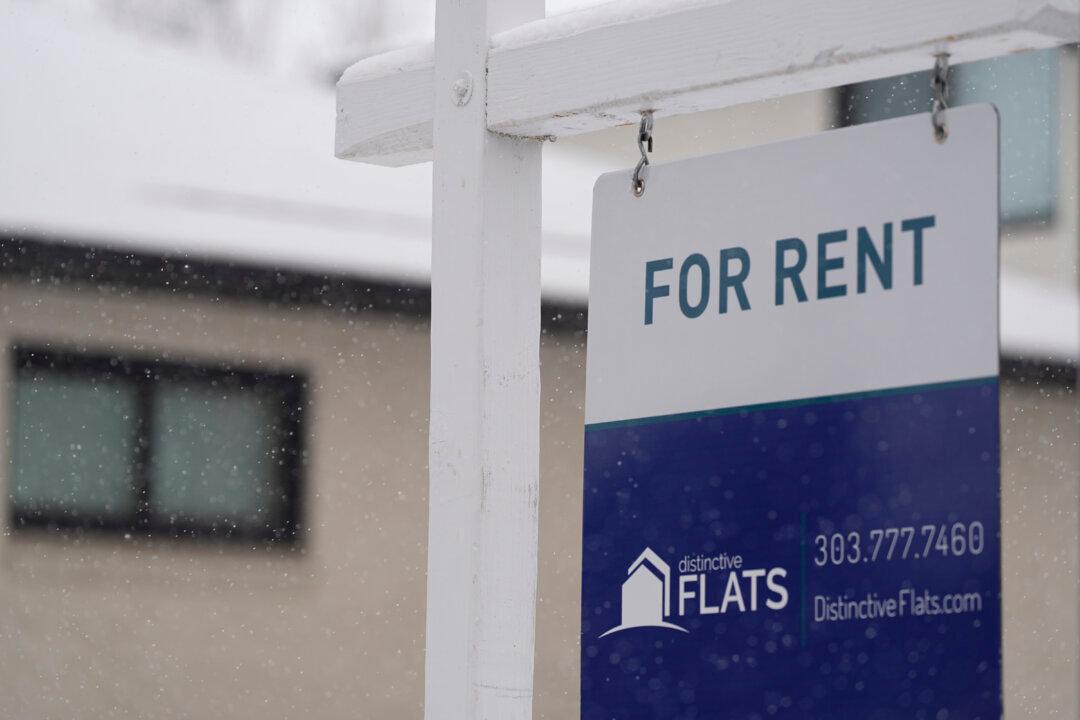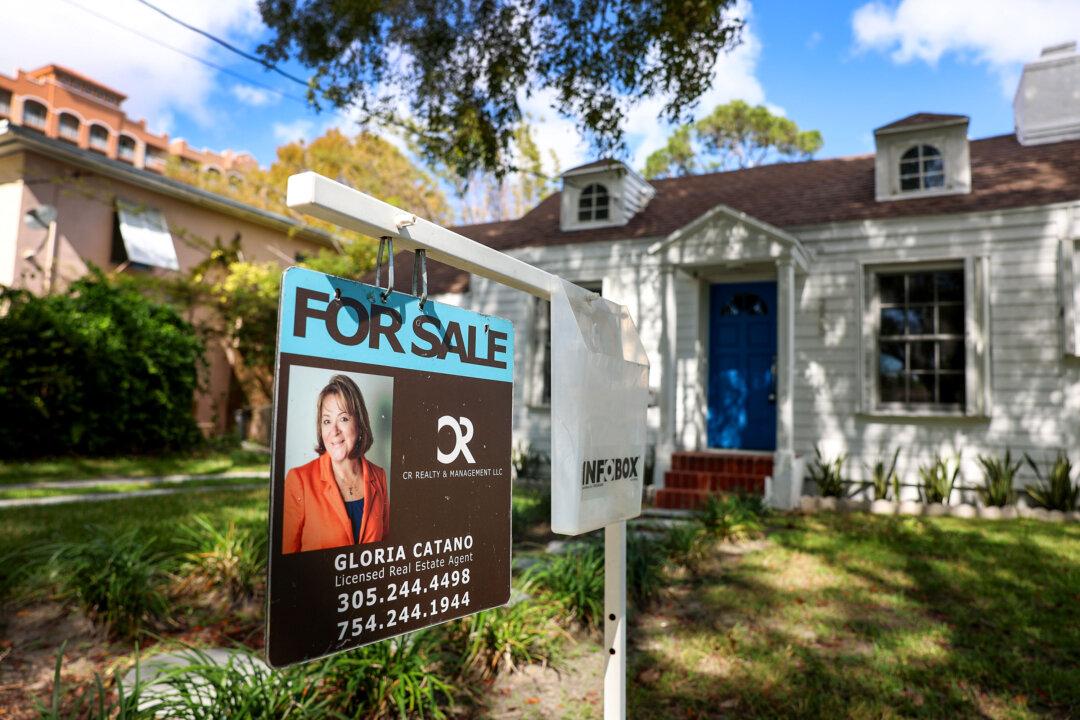With 21,812 homes currently in the pipeline, Texas is leading the country in terms of BTR properties, followed by Arizona at 13,972 and Florida at 13,591 properties.
Doug Ressler, manager of business intelligence at Yardi Matrix, a sister division of Point 2Homes, told The Epoch Times that affordability is one of the key factors why many people now prefer to rent instead of own homes.
“On average, renting a BTR unit is cheaper than buying a starter home,” he said. “Recent reports indicate that renting can save someone around $1,000 per month compared to buying, because of high mortgage rates and elevated home prices due to the nationwide home shortage.”
Ressler noted that millennials and Generation Z are leaning more toward rental options than home ownership because of the difficulty in saving for a down payment. Many are paying off student loans while others are just starting careers and have little in savings.
“BTR communities also tend to cater more to their preferences for mobility, flexibility, and modern amenities, without the headache of home maintenance and repair,” he said.
The Point 2Homes report shows that, nationwide, BTR residents increased in 2024 by 36 percent, over just 27 percent in 2023. And with the increased building of these types of properties, the total supply of single-family homes for rent is expected to surge by 50 percent in all five of the leading states, including North Carolina and Georgia.
With Texas being the second-largest state by land area in the country, following Alaska, the Lone Star State offers ample land and less government permitting for building.
“A lot of times you’ll find that states west of the Mississippi have a lot less red tape involved when it comes to building homes or businesses,” Ressler said.
He also noted that BTR developers tend to gravitate to suburban areas, just outside urban centers, so that properties can offer more space, affordability, and connections to urban centers.
Christy Gessler, chair of the Texas Association of Realtors, told The Epoch Times that the need for housing throughout the state is growing.
“While the Texas Real Estate Research Center reports that Texas ranked first nationally in new housing construction permits, the demand for housing continues to outpace supply,” she said.
In 2024, these permits climbed to more than 136,000.
“Properties that are available for rent do play an important role in the housing market ecosystem,” she said.
“Homeowners have an opportunity to build equity and take advantage of tax benefits,” she said. “Owning a home can also provide social benefits, such as community involvement.”
The greater Phoenix region, meanwhile, currently leads the nation’s metropolitan areas in terms of offering the most single-family home rentals with more than 13,000 units—almost double the amount of these types of properties offered in Dallas.
“Phoenix has always been a magnet for migrations within the U.S.,” said Ressler. “People from other parts of the nation, particularly the Northeast, have been flocking to the area because of the warm climates and its job opportunities.”
Arizona’s capital and most populous city is home to not only major Fortune 500 companies but also many new tech companies that are attracting a host of job seekers. Some of those major employers include Honeywell Aerospace, Intel Corporation, Wells Fargo, American Express, Amazon, and Avnet.
“We have so much technology coming into the region, and that’s creating such a demand for homes,” Sindy Ready, president of the Arizona Association of Realtors, told The Epoch Times. “As a result, our inventory of homes for both sale and rent is very low.”
Ready, a 25-year veteran of the industry, said she’s not concerned about BTR properties infringing on the potential buying market.
“We started to see this type of product coming into our area about five years ago, and due to the current lack of inventory, I don’t see this as negatively affecting the sales market,” she said. “I think it’s another option for people who don’t want an apartment to have their own home without having to worry about people living above or below them.”
In addition, she believes the BTR properties offer a good option for people who are new to the area and unsure where to buy or who have recently gone through a lifestyle change, such as relocation, marriage, divorce, or downsizing.
“I don’t see this as cutting into the home-buying market because there’s already such a demand for homes,” she said. “It’s a good stopgap for people who want to take time to decide their next moves.”
While homebuyers typically are expected to provide a 20 percent down payment ($91,097 based on the median price), first-time buyers can often take advantage of Federal Housing Administration programs offering a 5 percent down payment ($22,774 based on the median price). Veterans may have the option of a zero percent down payment.
“As things stand now, we may not have enough housing for the next 10 years, as more of the population begins to reach the home-buying age,” she noted.
Dallas was ranked second for the most number of BTR properties, with 8,470 now under development. Atlanta ranks third, with 6,885 new units planned for this year, followed by Charlotte, North Carolina, at 5,638, and Austin, Texas, at 4,313 units.
Ressler contends that with today’s ever-escalating home prices, consumers now have the choice of dumping all of their savings into a home or enjoying single-family home living without a huge overhead.
“Today it seems like they’re chasing a rapidly escalating curve,” he said. “Once they gather enough for a down payment, they also face other expenses like taxes and continual maintenance costs.”
While some of these renters may ultimately choose to purchase at some point, others, said Ressler, may be content to continue renting and earmark any extra finances toward vacations or other purchases.
“Currently, the market is still undersupplied,” he said. “We believe the BTR growth will continue as people choose a more flexible lifestyle that is not tied down to owning a house.”







